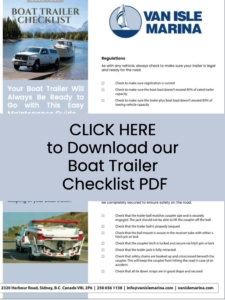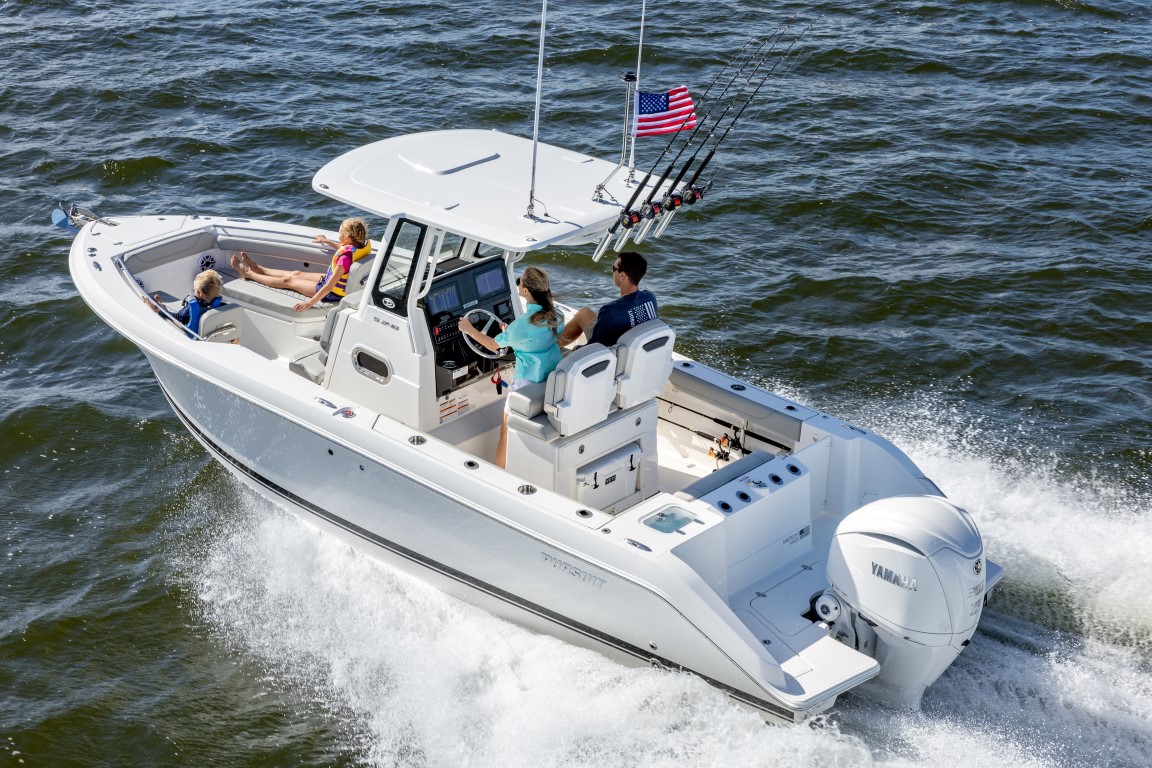Emergency Boating Kit Checklist
What Emergency and Safety Equipment Do You Need on Your Yacht?
>An emergency boating kit should be on board with you at all times. All boaters know that nothing can be more relaxing than a day on the water, whether it’s an early morning fishing trip, an afternoon of sightseeing or a multi-day boat trip. After all, there’s nothing like the feel of the sea air on your face as you enjoy leisure time on your yacht or sailing boat.
>However, experienced boaters also know that things can go wrong quickly; so it’s important to be prepared with the boat safety equipment and tools you might need in an unexpected incident.
>Having a comprehensive boating emergency kit onboard your vessel will provide reassurance and practical assistance should anything unexpected happen, such as:
- Someone falling overboard

- A sick or injured passenger
- A collision with another boat or a stationary item like a rock
- Your boat suffers a mechanical failure
>What Do I Need in My Boat Emergency Kit?
>There are some essential items that all marine emergency kits should contain. Transport Canada does require all boats to carry certain safety and emergency equipment, which depends on the size of the vessel.
>This includes:
- Lifesaving appliances such as PFDs and flotation devices
- Visual signals
- Navigation equipment
- Firefighting equipment
>Find out what your specific vessel is required to carry by checking out the safe boating guide on the >Transport Canada> website.
>What Do the Best Boating Emergency Kits Include?
>When putting together your boating emergency kit, consider what you will need in each of the following categories:
- Survival gear
- Signaling equipment
- Navigation tools
- Safety gear
- First Aid kit
Survival Gear: >This is the equipment that will help you to survive should you or a passenger end up in the water and includes:
Flotation Devices: >Life-jackets save lives in Canadian waters every year. Make sure you have enough lifejackets or PFDs for each person on board. It is important that these fit well and meet Canadian standards. Check out this >guide to choosing a lifejacket> for more information.
Throwable Flotation Devices>: All vessels over 9m long need to carry a lifebuoy attached to a buoyant line and a separate buoyant heaving line. You may also wish to include some throw cushions for extra options.
> Signalling Tools
>If you have an emergency on your personal watercraft, you may need to get the attention of the coast guard or another vessel to help you. The best way to do this is to be highly visible and make a lot of noise:
Visual Distress Signals>: Make sure your boat meets the requirements for day and night lights to ensure you are as visible as possible. Also carry at least one waterproof flashlight and flares, including light and smoke flares, as well as bright flags.
Sound Distress Signals:> Make sure your horn and bell on your vessel are working and you know the international >emergency sound signals>. Also consider carrying an air horn and whistles for additional attention, especially if you have to abandon ship and enter the water.
VHF Radio:> Have a fitted or handheld VHF radio onboard, which enables you to contact other nearby vessels and the coast guard. Learn and write down the emergency broadcast frequency in case you need it. Read about some of the best boat electronics on the market.
>Navigation Tools
>Knowing where you are and what is around you is important if you are in an emergency situation.
Manual Navigation:> Always carry a magnetic compass, charts and a ruler so you can manually chart and track your location. Learn about the basics of marine navigation.
Electronic Navigation:> Many boats have built-in GPS trackers, which are useful for establishing your location. Radar systems will also help you to identify what is around you and whether another vessel is in your area. Both are available in portable versions if you do not have them built into your boat.
Emergency Indicating Radio Beacons (EPIRBs), which send out GPS distress signals when activated, can be a good way to keep track of someone who goes overboard.
>Safety Gear
>For general onboard safety, you should also include some of the following equipment in your boating emergency kit:
- >Fire extinguishers
- >Additional food and water
- >Manual bilge pump or bailing device
- >Small tool kit
- >Weather gear including raincoats or ponchos, a warm jacket, sunscreen and a sun hat
- >Dry change of clothes
- >Waterproof matches
- >Knife sharp enough to cut rope
- >Batteries
- >>Portable fuel tanks
>First Aid Kit
>Health emergencies can happen onboard a boat; some other emergencies, such as nausea, are less serious but can ruin the enjoyment of the trip. Other health emergencies can be more serious.
Carrying a comprehensive first aid kit on board means you have the ability to help in whatever the circumstances. >Boat owners may wish to consider taking a first aid course through >Canadian Red Cross> or another recognized organization.
>A good first aid kit should include:
- Gauze, bandages and waterproof band-aids
- Adhesive tape
- Gloves
- Scissors
- Antiseptic
- Pain relievers
- Tweezers
- Anti-histamines
- Anti-nausea medication
- Sunscreen
- Spare prescription medications
- Emergency blankets
>Where Should I Store My Marine Emergency Kit?
>The majority of your emergency kit can be stored together in a large waterproof container. >Make sure the container is in an easily accessible position, not in the back of a storage hold or underneath other boxes, as you might need to get at it in a hurry.
>Check your emergency kit and equipment each time you sail. Replace anything that is running low or past its use-by date.
>Van Isle Marina – A Safe and Secure Place to Anchor Up
>Van Isle Marina, located in Sidney, BC, is one of the province’s largest full-service marinas. Our location makes us a great starting and finishing point for short or longer boating adventures. We offer >short-stay, monthly and annual moorage options> and offer first-class >amenities> including a marine fuel dock, boat haul-out and even a restaurant.
>You can store your emergency kit equipment and other personal items you don’t want to leave on your yacht in our secure, heated storage lockers. Visit us today in >Tsehum Harbour> or >contact us >to find out more about our marina and moorage options.



